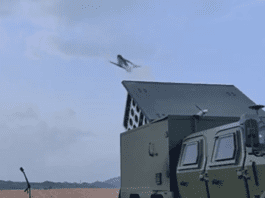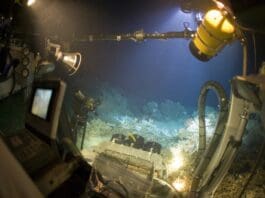This post is also available in:
 עברית (Hebrew)
עברית (Hebrew)
A new innovative drone inspired by nature has one rotary wing inspired by origami that can fold and expand during flight. The research team from the Singapore University of Technology was inspired by the flight of Samara seeds when creating the drone.
While quadcopter drones and UAVs have become essential across various industries due to their agility, their direct propeller-generated lift makes them less power-efficient. However, while fixed-wing drones offer higher efficiency, they lack versatility in confined spaces.
The researchers report that foldable wings for aerial vehicles during flight are an innovative concept that aims to provide both active and passive control over wing spans mid-flight. Their FROW design was inspired by the ability of birds to fold their wings and navigate tight spaces, thus addressing monocopters’ challenge of maneuvering through confined areas by folding its wings mid-flight.
According to Interesting Engineering, the team developed two configurations – FROW-A with active wing folding controlled by actuators, and FROW-P featuring passive folding without actuators – Both share a design principle inspired by bird flight that enhances flexibility and usability.
The FROW wing’s design was inspired by origami techniques and mimics a samara seed, balancing rigidity for flight and flexibility for folding. Balsa wood panels laminated with plastic ensure structural integrity while hot air molding maintains the fold shape.
Successful test results show that the drones are capable of flight in both expanded and folded modes, validating practical usability by reducing footprint and being able to navigate small gaps. These advancements promise an enhancement in the versatility of monocopter platforms, offering solutions for agile navigation and efficient space utilization in various applications. When looking to the future, the researchers said they would like to optimize wing shape and improve other flight characteristics to enhance performance.




